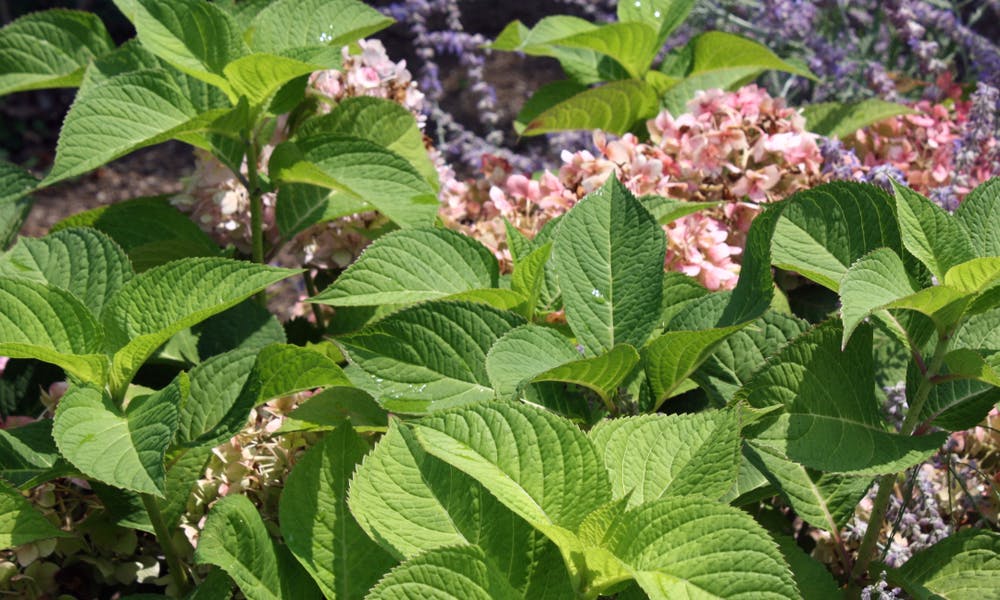The Massachusetts State flower is the adopted flower of the commonwealth in the state of Massachusetts. This flower, called the mayflower, is on the list of endangered flowers.
As you read this, you can learn the following:
* Massachusetts State Flower Description
* History of Massachusetts State Flower
* Wildlife Value of Massachusetts State Flower
* Distribution of Massachusetts State Flower
* Habitat of Massachusetts State Flower
* How to Propagate Massachusetts State Flower
* How to Grow Massachusetts State Flower
* How to Care for Massachusetts States Flower
* How to Conserve Massachusetts State Flower
* Medicinal Uses of Massachusetts State Flower
Massachusetts State Flower Description
The mayflower is a short flower that hardly grows more than 6 inches high. It has leathery, oval, and broad leaves that are evergreen and aromatic. The plant is an evergreen trailing plant that has a pink or white flower that smells good. The flowers are usually located in the axillary and terminal clusters of the hairy stems. Mayflower blooms have whitish colored berries that have a striking resemblance with raspberry.
To find this flower, you may have to look through the leaves that fell from trees in spring. The mayflower is very sensitive to disturbances in its environment, such as grazing and lumbering, this is primarily responsible for its scarcity. The flower is difficult to cultivate due to its sensitivity.
History of the Massachusetts State Flower
The mayflower had a great impression on the early North-America settlers, especially those who came in through Massachusetts in 1620. The travelers were used to the deforested woodlands of Europe, but they were captivated by the primeval forests of North America, which was a heavily wooded habitat that spans to the Atlantic beaches.
The flowers, which were strange to Europeans, bloomed in summer, and the bloom immediately won them over. Out of all the flowers they discovered, this lovely short flower was named the queen of all woodland flowers.
Massachusetts named this flower as its official flower of the commonwealth in 1918.
Wildlife Value of Massachusetts State Flower
The Massachusetts state flower has a limited wildlife value. Deer eat this plant in winter, and the flower is food for spruce grouse, however, the mayflower is not the primary source of food for these animals.
The flowers of this plant have some importance to insects, as it attracts bumblebees, which are its primary source of pollination. The berry also attracts ants.
The hoary elfin butterfly lays its eggs in the mayflower. The foliage is a source of food for some insects like the brachys howdei beetle.
Distribution of Massachusetts State Flower
This flower is a native of the northern American continent. It is more predominant in the eastern half of the continent. It can easily be found towards the south to Florida, north to Illinois and Minnesota, and Manitoba east to Newfoundland.
The mayflower is common in most counties in New York, where it is regarded as exploitably vulnerable. You can easily find it in most counties in the Adirondack Park Blue Line, except for Lewis and Fulton County.
Habitat of Massachusetts State Flower
The Massachusetts state flower can thrive in different site conditions. You can find it in moist environments, but for it to grow optimally, you should plant it in well-drained, acidic soil.
This flower can be found in mixed woods or hardwood forests. You will mostly find the plant growing under a pine conifer.
If you search for the plant in Adirondack mountains, you can find it in numerous ecological communities, some of which include red pine rocky summit, pine-northern hardwood forest, and successional blueberry heath.
The flower grows in the pine-northern hardwood forest community under the popular eastern white pine. Flowers that grow near the plant include bunchberry, Canada mayflower, and wintergreen. Some characteristic bird of the flower is the pileated woodpecker.
The mayflower does spectacularly well beside trails in the wild or dirt roads. This flower can easily be killed by any vigorous disturbance.
How to Propagate Massachusetts State Flower
Many authorities and experts warn that an un-trained gardener can’t effectively propagate Massachusetts state flower. Also, native plant gardeners should stay clear of the plant. This specie of plant is protected by law in most states of the United States, and it is against the law to remove it from its natural habitat. Once this flower disappears from a location, it is highly unlikely that it will return.
If you attempt to propagate this flower, it can almost certainly die, which further endangers this already endangered species of plant.
How to Grow Massachusetts State Flower
For gardeners with experience in wildflower transplants, it is possible to buy a propagated Massachusetts state flower from a nursery or garden center and plant it in your garden successfully.
This plant requires an environment with partial or full shade, and moist soil. Just like other woodland flowers, the Massachusetts state flower thrives best in acidic soil.
How to Care for Massachusetts States Flower
Once this plant is established in a location, it doesn’t need much attention. You only have to ensure that the soil is moist, but not soggy.
How to Conserve Massachusetts State Flower
The mayflower is now gone from many localities where it was prominent.
Everyone should identify this flower, and its habitat, to ensure that this flower is not damaged when individuals come across it. It is very easy to gather, as it was done to cure illnesses, as perfumes, and to sell. The Massachusetts state flower reacts to any environmental disturbance such as grazing, logging, construction, and other human and animal activities.
Medicinal Uses of Massachusetts State Flower
This flower is rarely used for medicinal purposes, even though it contains some strong antiseptic properties that can cure urinary infections. It can also be a remedy for bladder stones, acute catarrhal cystitis, and cystitis urethritis. The leaf of this plant is diuretic and astringent. Rumors have it that making an infusion from its dried leaves will effectively cure kidney disorders.
